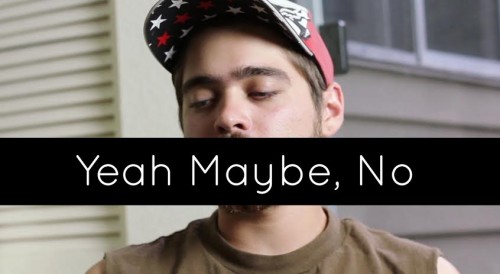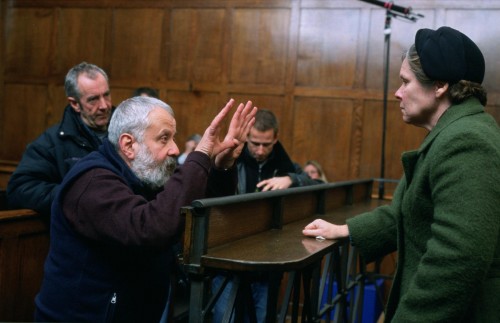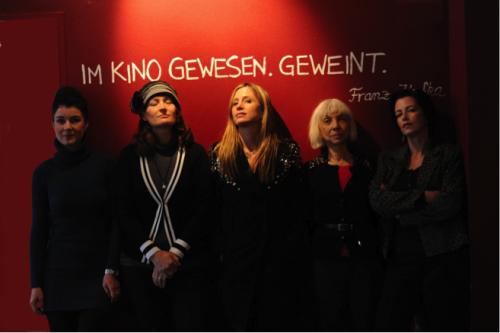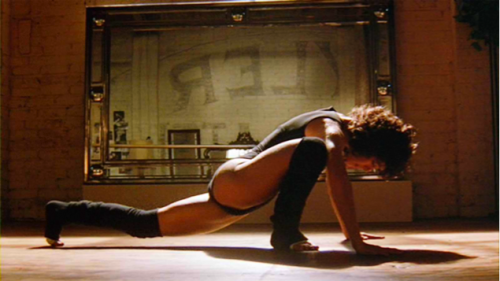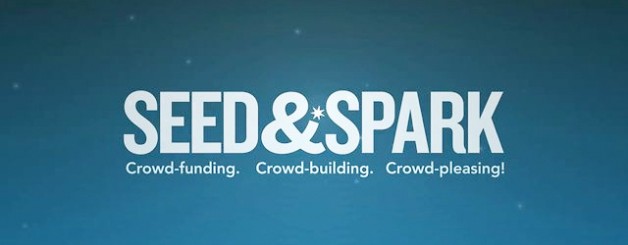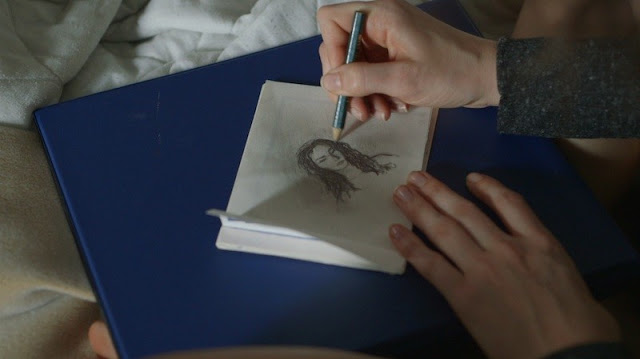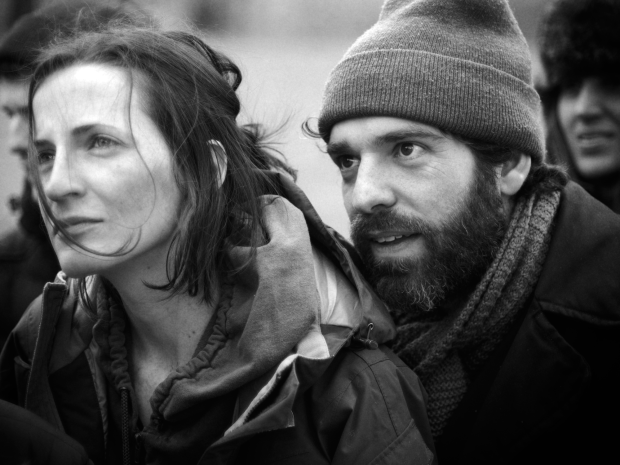
This is a guest post by Kelly Kend.
While women are generally underrepresented in the media, stories about domestic and sexual violence overwhelmingly place women in the roles of the victim. In a world where men play the heroes and villains, the damsel in distress is an on-screen role where women are positively overflowing. Breaking that stereotype with strong women is crucial, but for true gender equality, men need to be seen in vulnerable positions as well.
It is with this in mind that I’m making Yeah Maybe, No, a documentary about a male survivor’s experience with sexual assault. Our story centers on Blake, a student at Reed College in Portland, Oregon, who had found himself in a “crappy situation” with his first boyfriend. In a story that any survivor will recognize, he was hesitant to immediately call it a rape and still doesn’t love using the word. He feels that because his attacker used coercion rather than brute force, it somehow doesn’t really count.
Popular movies about female rape victims don’t particularly help with this situation. The Girl with the Dragon Tattoo has a particularly violent rape where Lisbeth Salander ties down and brutalizes a man who brutally raped her. In the more recent Divergent, Tris is tested through a simulated rape and applauded for fighting back. While this might be great wish-fulfillment for many survivors, it creates an unrealistic picture of what rape looks like in the real world. While some rape is very violent, many more women report being scared and lying still, waiting for it to be over, and having a hard time speaking. These reactions are the body freezing up in response to a traumatic situation. This is a biologically normal and potentially life-saving response, but one that we don’t see very often, likely in part because it is much less dramatic on-screen.

In Yeah Maybe, No, Blake says that a lack of awareness about non-violent rape is a reason why he didn’t immediately recognize this assault for what it was. But this isn’t the whole story. Due to feminist activists, the definition of rape has shifted over the last century. In 1920, it was defined specifically as something that happened to a woman, and necessarily used force. In 2012, the FBI defined rape as any unwanted penetration, of any orifice, with or without force. According to this definition, what happened to Blake is a crime. However, Blake has no intention of reporting. He calls his experience an assault so he can get support and understanding from his peers, not so he can bring anyone to justice.
This situation is what some might call a “gray rape.” It is different from a “rape rape” in that it’s not a “forcible rape,” but more like “date rape.” Feminist activists would counter that it’s just a rape because “rape is rape.” The truth present in all of these terms is simply that people don’t really know what rape is. For Blake, he stays out of it as much as possible and generally avoids using the word altogether. Instead, he says it was an assault, a crappy situation, or a bad relationship. It’s a situation where he kind of, maybe gave a silent-implied yes to, but inside it was definitely a no. There was no enthusiastic consent, but there was no fighting either. Blake is left with emotional scars, but he doesn’t want to press charges.
So, is it really a crime? As an activist and a survivor, I want to tell him that yes, yes it is. But as a filmmaker, I need to ask harder questions. Am I really seeking justice for Blake, or for my own unresolved experience? Who am I to tell someone else how to interpret one of the most intimate and emotionally charged experiences of his life?
Through asking these questions, Yeah Maybe, No tells a story of ambiguity in one survivor’s experience. By looking at research and talking to experts, we can establish that yes, his experience was a rape, but by also looking at his struggle with what that means, we can learn so much more. Please join us at KickStarter to help tell his story.

Kelly Kend is a documentary filmmaker living in Portland, OR. She has a background in anthropology and has worked on educational and research-based projects for higher education and government agencies. Her work tends to be focused on the details of human interaction and seeks to amplify quieter voices. Yeah Maybe, No is her first independently produced documentary. Her website is www.kellykend.com or you can follow her on Twitter. https://twitter.com/projectid
